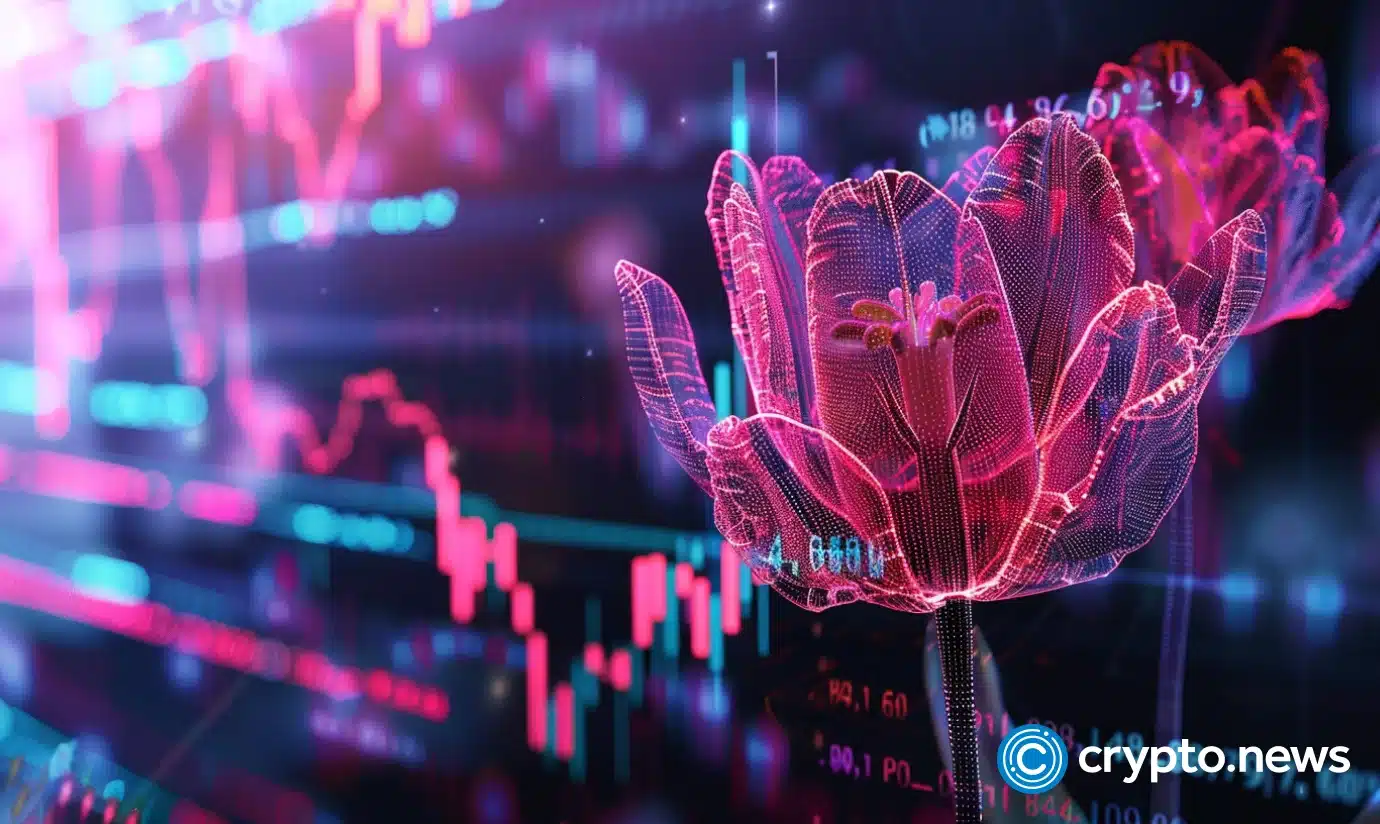Coinspeaker
Coinme CEO Neil Bergquist Discusses How Inflation Affects Bitcoin and Dollars Differently
Over the past few years, the highest inflation in four decades has eaten away at the purchasing power of consumers, eroding the value of cash savings and exposing the downsides of holding wealth in fiat currencies.
“The hidden cost of living in dollars is inflation,” says Neil Bergquist, co-founder and CEO of crypto exchange Coinme. “Your bank account balance is worth less over time if you hold an inflationary asset like fiat currency.”
The Federal Reserve has aggressively raised interest rates in an effort to tame high inflation, with the benchmark federal funds rate now between 5.25% and 5.5%. Higher rates are meant to slow the economy and reduce inflation, but so far, inflation has remained stubbornly high, failing to drop to levels many analysts projected at the beginning of 2024. It currently sits at around 3.5%, well above the Fed’s target of 2%.
In this inflationary environment, investors have increasingly looked to assets that can act as a hedge against rising prices and the devaluation of the US dollar. This has helped propel demand for Bitcoin and other crypto as alternative stores of value.
The Downsides of Fiat Currency in an Inflationary Environment
Unlike Bitcoin’s fixed supply of 21 million, there’s no limit to the amount of fiat currency a central bank can print, and printing more of a currency tends to dilute its value. In recent years, the Fed has been creating more dollars to help fund government spending and stimulus measures.
“If the US government decides to print more dollars, which it often does, that increases its supply and decreases the value of existing dollars. Meanwhile, the price of finite assets like bitcoin often increases,” Bergquist explains.
“There’ll never be more than 21 million bitcoin,” he adds. “It has a fixed supply, unlike fiat currencies, and no one can change that. No person or government can create a new policy to increase the supply. A politician can’t get elected with a new idea and change it. It’s hard-coded into the Bitcoin blockchain.”
Most modern fiat currencies are established with an inflation target because a limited degree of inflation can promote economic growth by incentivizing spending and investment over saving. But the current interest rate-hiking cycle reflects a reality that consumers now feel every time they make a purchase: Inflation has gotten out of hand.
When inflation rises too high, it eats away at real wages and purchasing power. Prices for goods and services rise, and the same amount of income or wages has diminished buying power as each dollar buys less than it did before.
How Bitcoin Functions as a Store of Value
In this context of fiat currency devaluation, bitcoin and other assets with capped supplies are positioned to potentially better hold their value.
“When in periods of inflation, real assets generally go up in value,” Neil Bergquist notes. “This includes stocks, real estate, and things that are tangible. Bitcoin has really proven to be a tangible asset, even though a lot of people say it’s intangible. It is tangible because a bitcoin cannot be mimicked or copied. It’s unique. You own a unique piece of property that has traditionally gone up in value, particularly in times of hyperinflation. It’s also tangible because it can be redeemed for USD at any time with tens of billions of USD-BTC trading volume every day.”
We can see this increase in value in Bitcoin’s long-term trajectory. In the decade-plus that Bitcoin has existed, its price has risen considerably despite intermittent periods of volatility.
For example, the recent inflation surge largely took place between 2021 and 2023, with rates reaching as high as 9.1% in the US in 2022. During that same period, the price of bitcoin rose from roughly $32,000 in January 2021 to $42,000 in December 2023. It’s since continued to rise, driven largely by the launch of crypto exchange-traded funds. As of July 2024, the price sits at around $60,000 – a roughly double year-over-year increase.
“If you look back, yes, the price goes up and down, but when it goes into a down cycle, into a trough, its low is almost always higher than its previous low,” Neil Bergquist points out.
“If you look at the lowest price of bitcoin in any given year, it’s actually higher than the low of the prior year. It goes up and down, but overall, it’s been going up. So, that’s why it’s best to not make emotional decisions based on the volatility of the day or the week. People see it more as a long-term store of value, and having that long-term perspective is important.”
Bitcoin’s volatility is best understood within the frame of its appreciation over extended time horizons. When markets crash and inflation soars, holders of Bitcoin have the advantage of its capped supply curve.
Where Bitcoin Could Go from Here
What separates Bitcoin from traditional hedges like gold is its technological underpinning of a well-established blockchain and its function as decentralized digital money. There’s no central issuing authority, only the distributed network of computers running the Bitcoin code.
“Bitcoin truly is a digitally native form of money and has solved the problem of trust in a digitally native world,” says Bergquist.
Looking ahead, if stubbornly high inflation persists, it may push more investors into scarcer assets like Bitcoin. The adoption of cryptocurrencies for payments and commerce, however, is happening independently of macroeconomic conditions.
Coinme is part of this trend, powering bitcoin ATMs that customers can use to convert cash into crypto, and crypto into cash, at over 40,000 locations in the US. Additionally, Coinme enables people to use a debit card to buy and sell crypto within its digital wallet.
“We’re seeing a lot of user experience improvements where customers don’t need to understand how to navigate the technical challenges of blockchain in order to engage with cryptocurrencies,” says Bergquist. “At Coinme, we handle that complexity for you and make it easy.”
Coinme CEO Neil Bergquist Discusses How Inflation Affects Bitcoin and Dollars Differently





